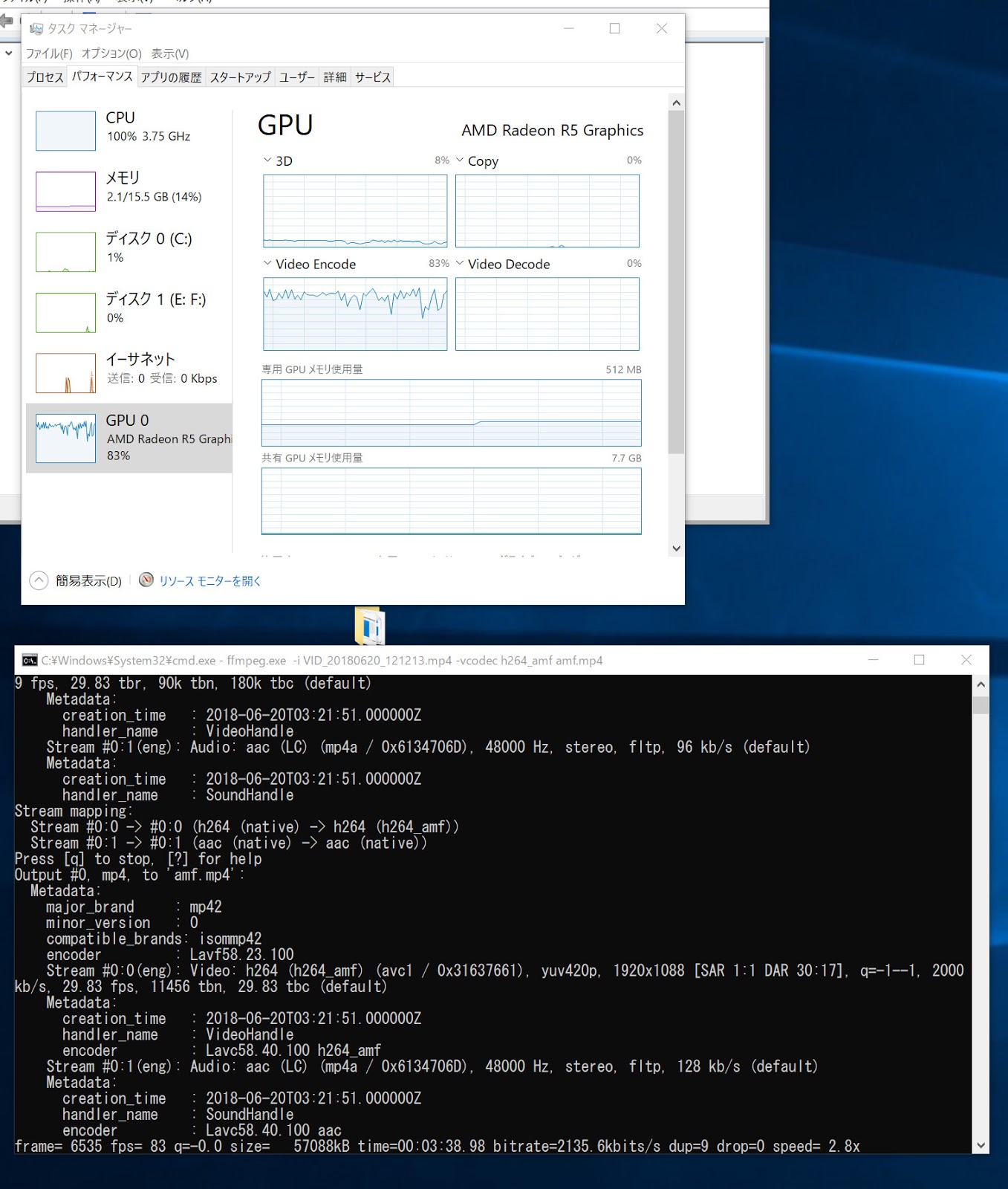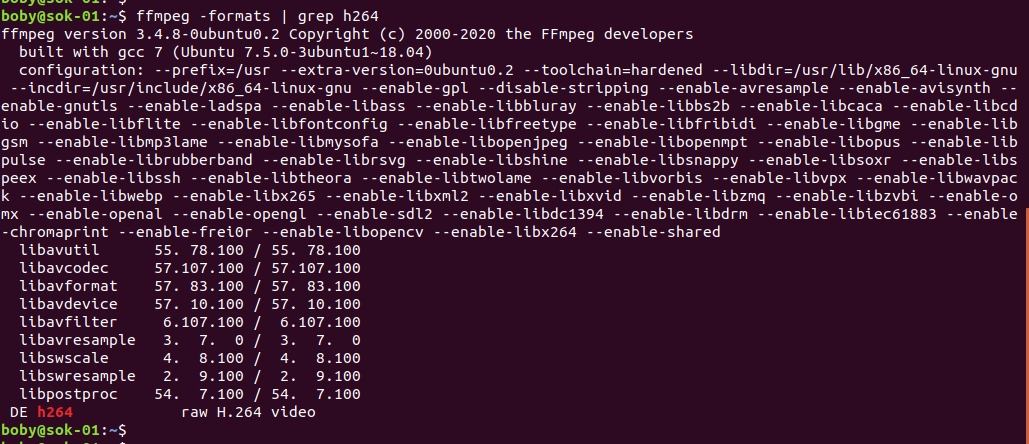
When we use -c:a copy, no re-encoding is done on the audio track.When the -pix_fmt yuv420p argument is specified, 4:2:0 subsampling is used, a widely used and supported pixel format.The -c:v libx264 argument tells FFmpeg to use H.264 video compression.$ ffmpeg -i input.mp4 -c:v libx264 -pix_fmt yuv420p -c:a copy output.mp4 Here's how to convert any video to H.264, a format that's mostly associated with MP4. For this tutorial we'll use FFmpeg 5.1.2, but any recent version will do.

It's also a very robust solution for implementing video automation, as we use it extensively in our own video editing API.

FFmpeg is a free and open-source video editing tool capable of trimming, cropping, concatenating, muxing, and transcoding almost any type of media file you throw at it.


 0 kommentar(er)
0 kommentar(er)
